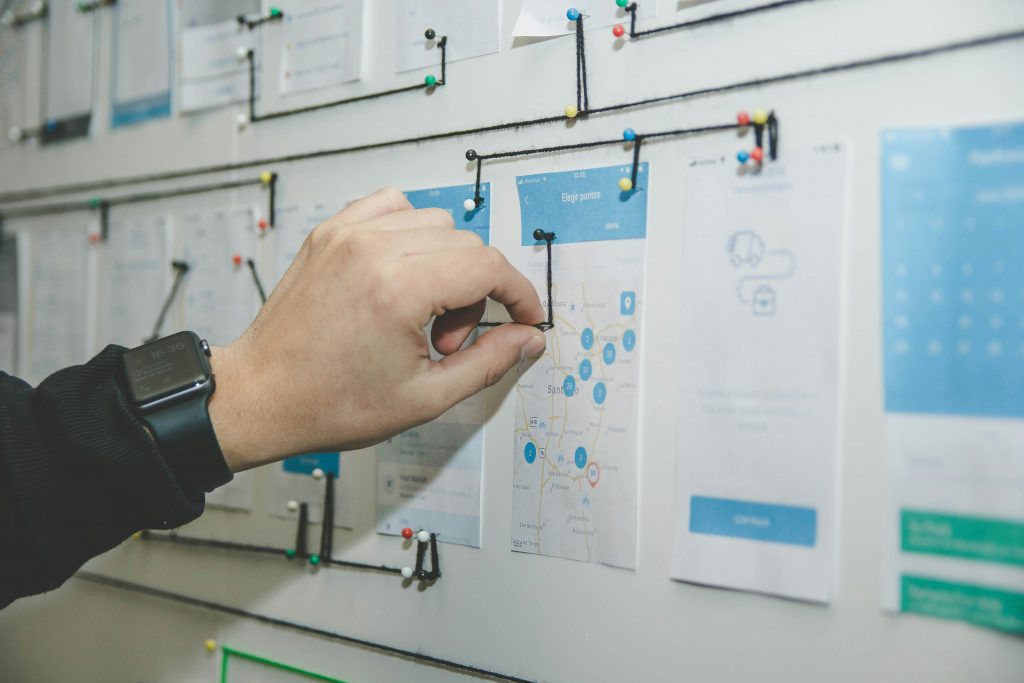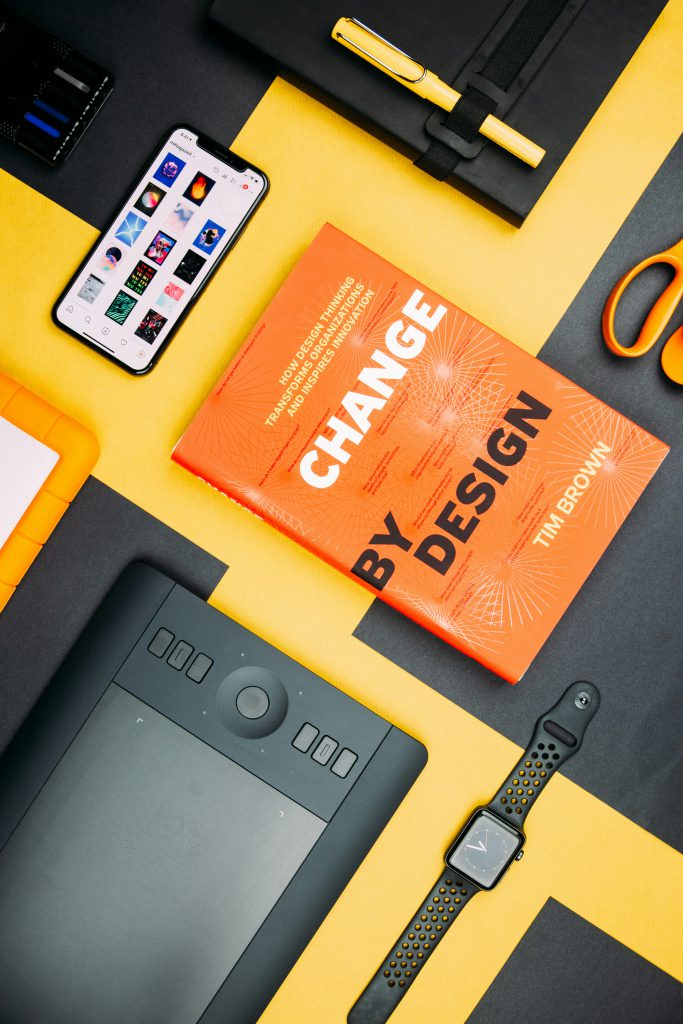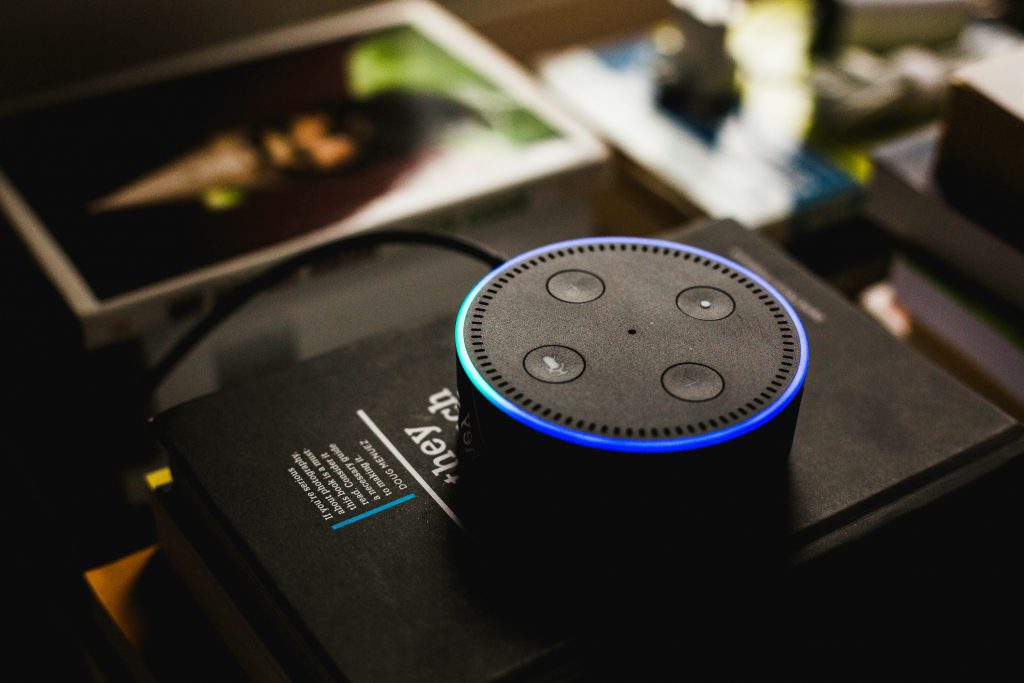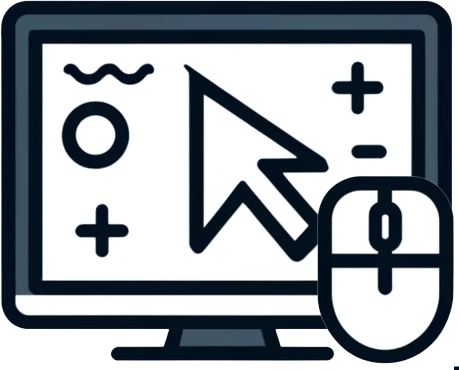Ever wondered why some apps or websites feel so intuitive and easy to use? That’s the magic of great interface design, and it’s all thanks to talented interface design companies. They’re the unsung heroes behind your favorite digital experiences, working tirelessly to make sure you’re having the best user experience possible.
But what exactly do these companies do, and why are they so vital in today’s digital age? Well, they’re the ones who make sure that every button, every page, every feature of a website or app is designed with the user in mind. They’re the bridge between the complex world of technology and the everyday user.
From the smallest start-ups to the biggest tech giants, no company can afford to ignore the importance of good interface design. So, let’s dive in and take a closer look at these interface design companies, and discover why they’re such a crucial part of our digital lives.
The Role of Interface Design Companies
Now that we’ve established the importance of interface design, let’s dive into the specific roles that interface design companies play in the digital product realm.

These companies often act as a bridge between the intricate world of tech and the everyday user. They simplify what could otherwise be overwhelming technicalities into something that you can intuitively interact with and enjoy using. Every button you press, every swipe you make, it’s all been meticulously planned and placed by these talented folks.
Here’s something else to consider: Interface Design Companies forge the pathways of interaction for digital products. They’re the ones who decide what happens when you tap on an app or click on a website link. They create the routes that guide you through the digital landscape, from point A to point B, with minimal fuss and maximum efficiency.
In addition to designing interaction paths, they create a user-friendly look and feel for the product. You know how you get that immediate vibe when you open a new app or website – whether it’s “professional”, “fun”, “minimalistic”, or whatever? That’s the product’s aesthetic interface, another crucial part that these companies handle. They’re the connoisseurs of digital visuals, ensuring the colors, fonts, icons and images all work together to create an engaging experience for you.
Let’s have a look at some real numbers, for validation’s sake:
| Function | Description |
|---|---|
| Pathway Design | Developing interactive routes within digital products |
| Aesthetic Interface | Creating good-looking and engaging product views |
These are what make interface design companies so pivotal in the tech world – they shape the way you interact with digital products, and ultimately, shape your digital experiences. As we march forwards into an increasingly digital future, the significance of these companies is set to soar even higher. Quite an exciting prospect, isn’t it?
Importance of User-Centered Design
In the rapidly evolving digital world, user-centered design sits right at the heart of it all. Its importance cannot be emphasized enough. You may wonder why. Well, it’s all about the end-user. It’s them who ultimately interact with the digital product or service.
What makes user-centered design utterly significant is its focus on the needs, wants, and limitations of the end users. Designing an interface isn’t merely about how it looks, it’s also about how it works. Good design is invisible. When an interface is designed with user needs in mind, it becomes instinctively usable. The user gets an uninterrupted, seamless experience.
Interface design companies prioritize user-centered design, and rightly so. These companies understand the consequences of user satisfaction – it’s directly linked to the success of the product.
Mention of user-centered design remains incomplete without discussing its key principles.
- Focus on user and task: Understand who will use the product and what they’ll use it for.
- Empirical measurement: Test the product using measurable usability metrics.
- Iterative design: Implement design modifications based on user feedback.
These principles guide the design process, ensuring a high-quality user experience.
Moreover, user-centered design saves resources. Remember, revisions after a product release can be expensive. However, with user testing and early feedback incorporated into the design process, these costly modifications can be avoided. According to a study by the System Sciences Institute at IBM, it’s up to 100 times more expensive to fix errors after product release than during the design stage.
Here are the mentioned statistics in a simple table:
| Development Stage | Cost to Fix Errors |
|---|---|
| During design stage | 1x |
| After product release | 100x |
You see, user-centered design leads to more efficient and effective products. It contributes immensely to user satisfaction and ultimately, enhances business value. Interface design companies know this, thus it’s not surprising that they place a high premium on user-centered design processes.

Elements of Effective Interface Design
Interface design isn’t just about creating visually appealing interfaces, it’s fundamentally about crafting interfaces that are user-friendly, efficient and enhance user satisfaction. There are several elements that are crucial to achieving this. Let’s explore some of these core elements.
Simplicity is considered the backbone of effective interface design. Simplicity makes an interface easy to understand and use. Remember, an interface cluttered with unnecessary elements can confuse users and hamper their user experience. On the other hand, a simple, clear interface offers a straightforward path to accomplish tasks, enhancing user satisfaction.
The consistency of themes, fonts, and color schemes provides a seamless flow in the application. Consistent design reduces confusion, helps users make sense of the interface, and reduces the learning curve. Essentially, consistency in design makes your application more predictable and easier to understand.
Feedback is another critical element of good interface design. Whether it’s a click of a button or submission of a form, providing appropriate feedback to the users on their actions helps them understand the system better. Feedback can be as simple as a button changing color when clicked or a pop-up message when a task is complete.
One more key element in designing an interface is visual hierarchy. This concept helps key elements on the screen to stand out and guide the user throughout their journey. By manipulating attributes like size, color, and position, you can draw users’ attention towards certain elements over others.
Lastly, studying the User Behaviour by tracking metrics like user interaction times, drop-off rates, and task completion rates can also inform design decisions, leading to more effective interfaces. It’s imperative to understand your users and their needs, as it provides insights into making design improvements.
To wrap up these core elements, here’s a markdown table:
| Core Elements | Function |
|---|---|
| Simplicity | Makes an interface easy to understand and use |
| Consistency | Reduces confusion, easier to understand |
| Feedback | Informs users about their actions, outcomes |
| Visual Hierarchy | Helps key elements stand out |
| User Behaviour | Provides insights for design improvements |
These elements, when well executed, can lead to highly efficient and effective interfaces that not only look good but also provide a seamless user experience.
Collaborations with Interface Design Companies
The idea of collaborating with interface design companies might seem intimidating, but it’s more like a strategic alliance. It’s an opportunity to leverage external expertise while ensuring your product’s interface is aligned with the latest design principles and user satisfaction metrics.
Partnering with these specialists can bring a fresh perspective to your project. They’ve often worked with diverse industries and have a broad understanding of varying user expectations and behavior. With these insights, they have the capability to magnify the appeal and effectiveness of your product’s interface.

So, what do you look for in an interface design company for collaboration?
- Modern and user-centric design philosophy.
- Comprehensive understanding of the latest technologies and trends.
- Proven track record in delivering successful projects.
- Consistent communication and feedback mechanisms.
- Understanding and respect for your brand identity and user-base.
Keeping these points in mind, you can connect with a company that complements your strengths and fills potential gaps in your interface design capabilities. This boosts the odds of delivering a product with an interface that is not only aesthetically pleasing but efficient and user-friendly.
It’s important to remember, effective collaboration doesn’t mean losing control. It’s about fostering a relationship that encourages open dialogue, shared objectives, and mutual respect. So while you’re gaining the knowledge and insights of the collaborating company, you’re also providing your own expertise and perspectives to create a balanced partnership.
Remember that collaboration isn’t a one-size-fits-all solution. Each project has unique requirements and hence, requires a custom approach. The process might take time, maybe even trial-error method. But in the end, it’s about achieving that optimal interface design that elevates your user’s experience. Let’s not end here, there’s more to explore about how collaborations with interface design companies enhance the overall design process.
Future Trends in Interface Design
As you dive deeper into the world of interface design, it’s essential to keep one eye focused on what lies ahead. Future trends have the potential to drastically change the way we interact with technology and, as a result, how we live and work.
Adaptive interfaces are set to become the new norm. These smart interfaces can change dynamically to match the needs and preferences of individual users. For instance, an application could adjust its layout, navigation, and even color theme to better suit you based on your usage patterns and preferences.

Voice user interfaces (VUIs), driven by advancements in natural language processing, are gaining momentum. Think of Amazon’s Alexa, Google Home, or Apple’s Siri – these are all examples of VUIs that have already changed how we interact with technology.
Another emerging trend is gesture-based interfaces, where simple hand movements replace the need for clicks and touches. This new interaction method could revolutionize industries like gaming and virtual reality, where immersion is key.
Let’s see some specifics.
| Trend | Potential Impact | Examples |
|---|---|---|
| Adaptive Interfaces | Personalized user experience | Netflix, YouTube |
| Voice User Interfaces (VUIs) | Hands-free operation | Alexa, Google Home, Siri |
| Gesture-based Interfaces | Immersive user engagement | VR gaming, Google Glass |
Furthermore, the rise of Artificial Intelligence and Machine Learning technologies has huge implications for interface design. AI-led predictive analytics can offer user-specific content and recommendations, making the interface more intuitive and user-friendly.
The advancement of interface design isn’t slowing down any time soon. Staying ahead of these developments can help ensure your product continues to meet user needs with modern, relevant, and effective interface designs. Keep these trends under your radar to make strategic decisions about collaborations with interface design companies. Don’t limit the curve of innovation and think of these trends as opportunities for improvement.
Conclusion
So there you have it! As you navigate the landscape of interface design companies, it’s crucial to keep these future trends in mind. Adaptive interfaces, VUIs, and gesture-based interfaces are not just buzzwords – they’re the future of interaction. AI and Machine Learning are also making waves, shaping the way we design and use interfaces. Remember, it’s all about creating experiences that resonate with the user. So when you’re ready to take the plunge, choose a company that’s not just on top of these trends, but one that’s ready to innovate and adapt with them. After all, it’s your product’s user experience on the line!

